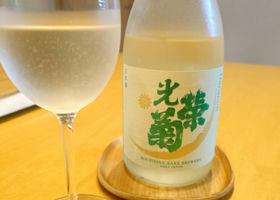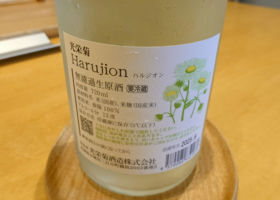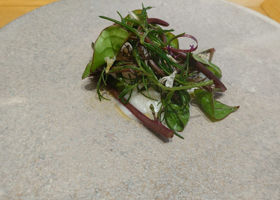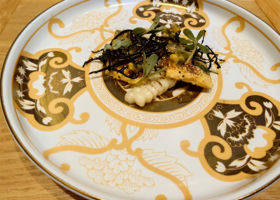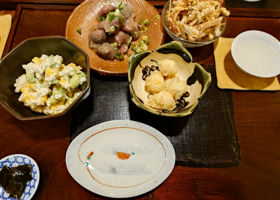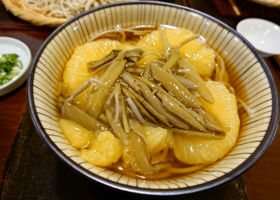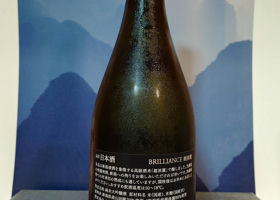

YSTJ
Honkin Shinshu Souze Tank 2025, reduced pesticide cultivated rice, Yumeshinano, unfiltered, raw, undiluted sake.
Shinshu Sake Heat Tank 2025, presented by Honkin, winner of the grand prize of the 2023 Shinshu Secret Sake Hanpukai, is made from Yumeshinano, an edible rice born in Nagano Prefecture.
It has an upfront aroma of pear and muscat, and a pleasantly chili sensation in the back of the throat.
The soft mouthfeel, refreshing sweetness, and full-bodied flavor fill the mouth and color the extended aftertaste.
Japanese>English








